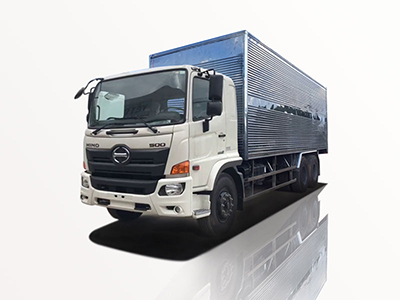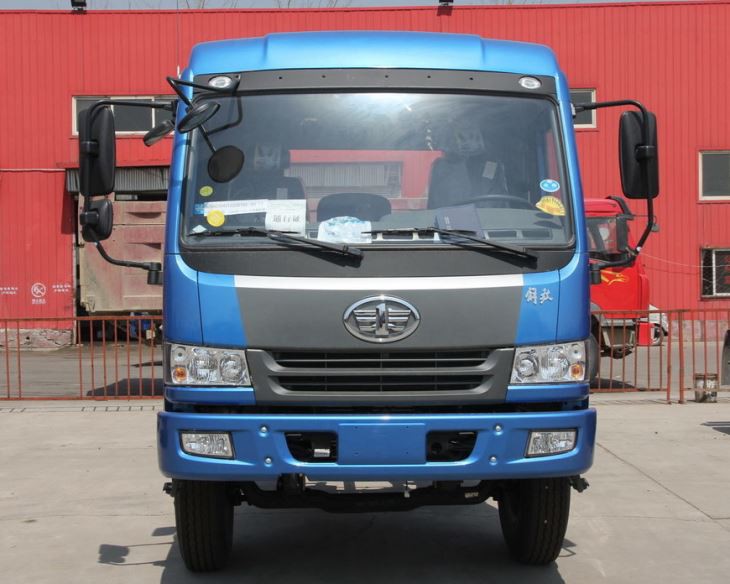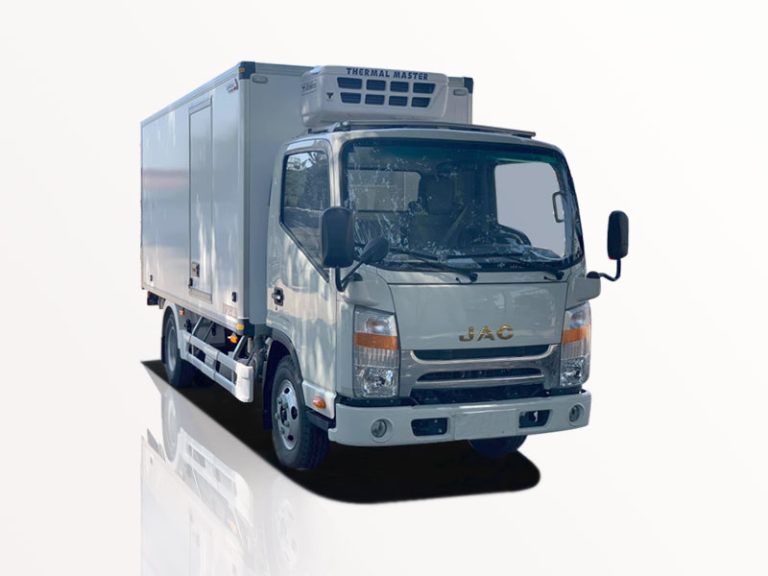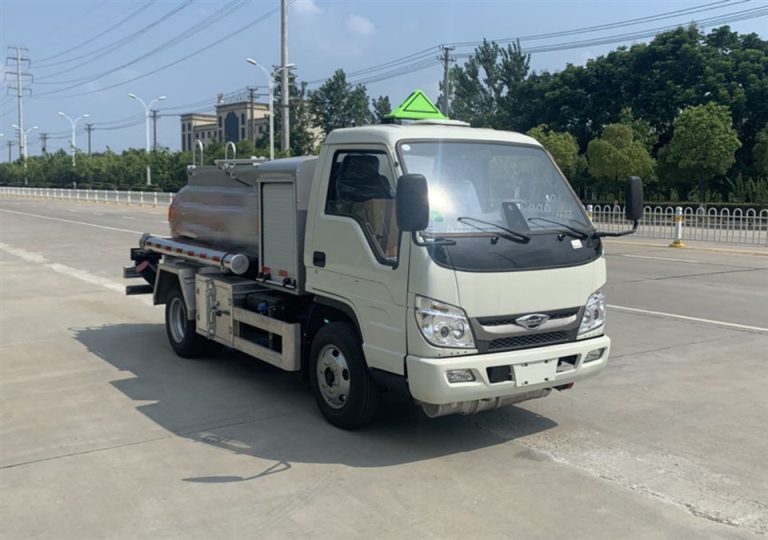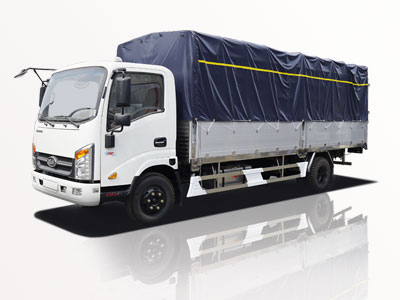Water trucks play a vital role in a myriad of industries, from construction to agriculture. One essential aspect to understand is their capacity, particularly how many gallons of water they can hold. This guide delves deep into the facts, applications, and related insights regarding water truck capacities. Whether you’re a contractor, farmer, or just curious, you’ll find valuable information here.
Understanding Water Trucks
Water trucks are specialized tankers designed to transport water for various purposes. From construction sites to dust control on roads, their applications are numerous. But before purchasing or renting one, knowing its capacity is crucial.
Types of Water Trucks
Water trucks come in various sizes and types, with capacities measured in gallons. Here are the most common categories:
- Lightweight Water Trucks: Usually have capacities ranging from 1,000 to 2,000 gallons, these trucks are versatile and easier to maneuver, ideal for small to medium-sized projects.
- Medium-Duty Water Trucks: These trucks typically hold between 2,000 to 4,000 gallons. They strike a balance between capacity and maneuverability.
- Heavy-Duty Water Trucks: Designed for large-scale operations, these can carry upwards of 5,000 gallons. They are commonly used in large construction or agricultural projects.
How Many Gallons are in a Standard Water Truck?
Most standard water trucks have capacities that range from 1,000 gallons to over 6,000 gallons. Let’s break it down:
1,000 to 2,000 Gallon Trucks
These smaller trucks are particularly popular for residential gardening, light agricultural use, and dust control on smaller roads.
2,000 to 4,000 Gallon Trucks
This size is suitable for larger residential projects or commercial landscaping, providing enough water for various needs without being overly cumbersome.
4,000 to 6,000 Gallon Trucks
Heavy-duty water trucks in this range are used in construction sites and agricultural settings where large amounts of water are required quickly.
Calculating Water Truck Capacity
The capacity of a water truck is typically determined by its tank size. Here’s how to calculate it:
Tank Dimensions
The volume of water a truck can hold can be calculated if you know the dimensions of the tank:
- Length: The length of the tank in feet.
- Width: The width of the tank in feet.
- Height: The height of the tank in feet.
Volume Calculation Formula
To find the volume in cubic feet, use the formula:
Volume = Length x Width x Height
To convert cubic feet to gallons, multiply the cubic feet by 7.48 (the number of gallons in a cubic foot).
Practical Applications of Water Trucks
Water trucks are indispensable in various sectors. Here are some practical applications:
1. Construction Sites
On construction sites, water trucks are used for dust suppression and providing water for mixing concrete. A 4,000-gallon water truck can effectively cover extensive areas with water to control dust.
2. Agricultural Uses
Farmers utilize water trucks for irrigation, especially in remote areas where traditional irrigation systems may be inefficient. A water truck can deliver water right to the fields when needed.
3. Fire Fighting
In rural areas, water trucks can be equipped with firefighting tools to help control wildfires. A heavy-duty truck with a capacity of 6,000 gallons can sustain longer firefighting efforts.
4. Dust Control on Roads
Municipalities often use water trucks to control dust on unpaved roads. A 2,500-gallon truck can make multiple trips throughout the day to ensure roads remain safe and usable.
Renting vs. Buying a Water Truck
When deciding between renting and buying a water truck, consider the following:
| Factor | Renting | Buying |
|---|---|---|
| Cost | Lower initial cost, but recurring rental fees. | Higher initial investment, but no ongoing fees. |
| Maintenance | Generally maintained by the rental company. | You are responsible for maintenance and repairs. |
| Usage frequency | Best for short-term projects. | Ideal for long-term use. |
| Variety of options | Many truck sizes readily available. | Must research and find specific requirements. |
Factors to Consider When Choosing a Water Truck
Selecting the right water truck involves various considerations, including:
1. Purpose
Identify the primary use for the water truck. Will it be for construction, landscaping, or agriculture? This will significantly affect the size you need.
2. Capacity
Consider how much water you will need for your projects. Larger capacities are beneficial for extensive operations.
3. Budget
Your budget will determine whether you rent or buy and what size you can afford. Balance your needs with what you can spend.
4. Truck Type
Different types of trucks cater to different needs. Research which type best fits your requirements.
Common Maintenance Tips for Water Trucks
1. Routine Checks
Regularly check the water pump, hoses, and all other components for wear and tear.
2. Cleaning
Ensure the tank is clean to prevent contamination of water, especially in agricultural uses.
3. Seasonal Preparation
Prepare your truck for winter by winterizing it, and ensure all parts are in working order before heavy use seasons.
Frequently Asked Questions
1. How much does a typical water truck cost?
The cost can vary widely but expect to pay anywhere from $25,000 to $100,000 depending on the size and features.
2. Can I customize my water truck?
Yes, many manufacturers offer customization options based on your specific needs, like tank sizes and pumping systems.
3. How often do I need to service my water truck?
It is generally recommended to service your water truck every 1,000-2,000 miles or at least twice a year.
4. What is the difference between potable and non-potable water trucks?
Potable water trucks are designed to transport drinking water, while non-potable trucks can carry water for construction or irrigation purposes.
5. Are there regulations for water trucking?
Yes, many municipalities have regulations governing potable water transport. Always check local laws before operating a water truck.
6. Can water trucks be used for snow removal?
No, water trucks are not suitable for snow removal. However, they can contribute to melting snow on road surfaces by spraying heated water.
Conclusion
Understanding how many gallons are in a water truck is essential for planning and executing various tasks efficiently. By choosing the right truck for your needs, performing regular maintenance, and being aware of application possibilities, you can ensure effective water delivery for your projects, whether big or small.

